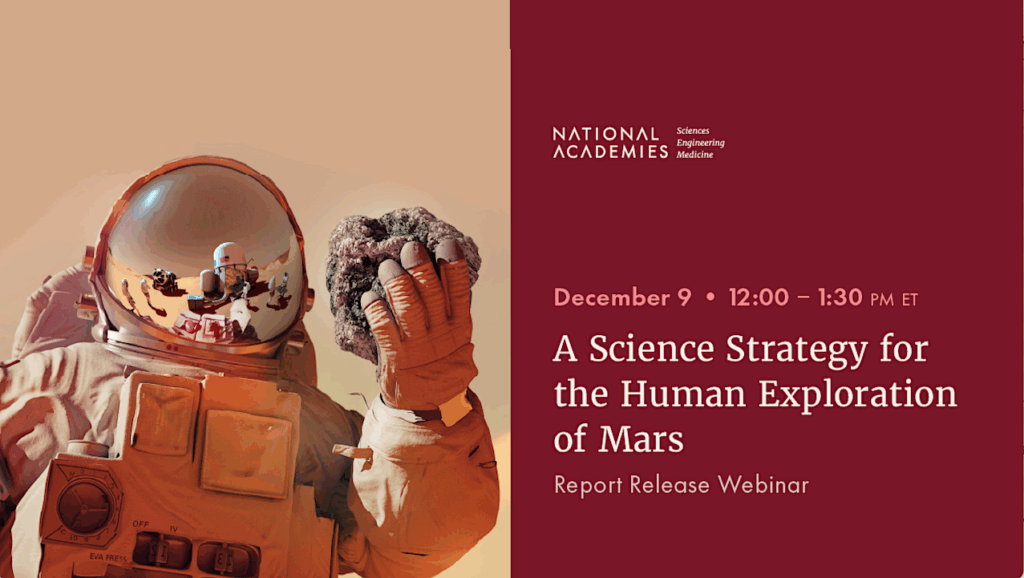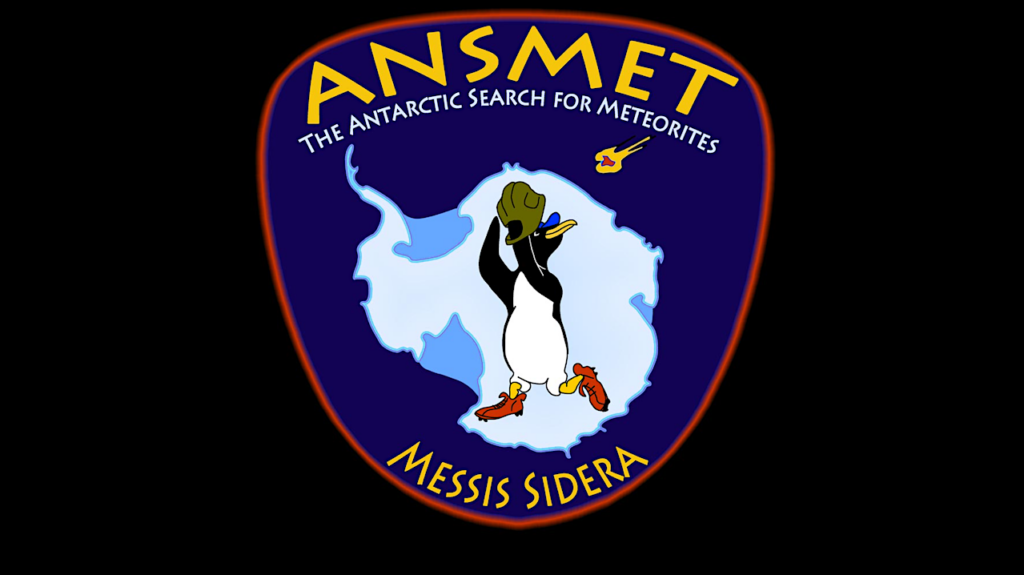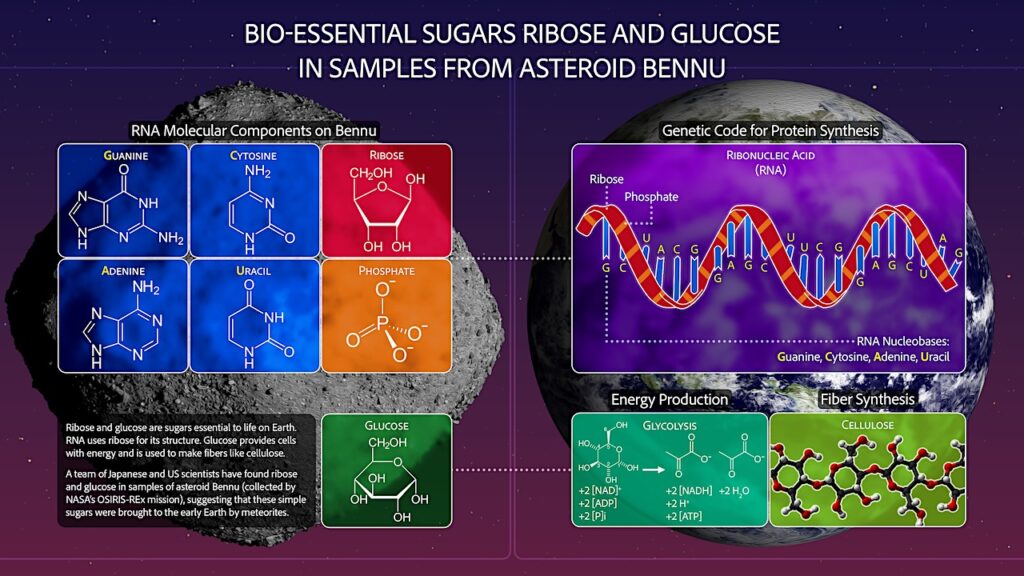In Situ Geochronology For The Next Decade: Mission Designs For The Moon, Mars, And Vesta

Geochronology, or determination of absolute ages for geologic events, underpins many inquiries into the formation and evolution of planets and our Solar System. Absolute ages of ancient and recent magmatic products provide strong constraints on the dynamics of magma oceans and crustal formation, as well as the longevity and evolution of interior heat engines and distinct mantle/crustal source regions. Absolute dating also relates habitability markers to the timescale of evolution of life on Earth.
However, the number of geochronologically-significant terrains across the inner Solar System far exceeds our ability to conduct sample return from all of them. In preparation for the upcoming Decadal Survey, our team formulated a set of medium-class (New Frontiers) mission concepts to three different locations (the Moon, Mars, and Vesta) where sites that record Solar System bombardment, magmatism, and/or habitability are uniquely preserved and accessible.
We developed a notional payload to directly date planetary surfaces, consisting of two instruments capable of measuring radiometric ages in situ, an imaging spectrometer, optical cameras to provide site geologic context and sample characterization, a trace element analyzer to augment sample contextualization, and a sample acquisition and handling system. Landers carrying this payload to the Moon, Mars, and Vesta would likely fit into the New Frontiers cost cap in our study (~$1B).
A mission of this type would provide crucial constraints on planetary history while also enabling a broad suite of investigations such as basic geologic characterization, geomorphologic analysis, ground truth for remote sensing analyses, analyses of major, minor, trace, and volatile elements, atmospheric and other long-lived monitoring, organic molecule analyses, and soil and geotechnical properties.
Barbara A. Cohen, Kelsey E. Young, Nicolle E. B. Zellner, Kris Zacny, R. Aileen Yingst, Ryan N. Watkins, Richard Warwick, Sarah N. Valencia, Timothy D. Swindle, Stuart J. Robbins, Noah E. Petro, Anthony Nicoletti, Daniel P. Moriarty, III, Richard Lynch, Stephen J. Indyk, Juliane Gross, Jennifer A. Grier, John A. Grant, Amani Ginyard, Caleb I. Fassett, Kenneth A. Farley, Benjamin J. Farcy, Bethany L. Ehlmann, M. Darby Dyar, Gerard Daelemans, Natalie M. Curran, Carolyn H. van der Bogert, Ricardo D. Arevalo Jr, F. Scott Anderson
Comments: Submitted to the Planetary Science Journal, October 2020
Subjects: Earth and Planetary Astrophysics (astro-ph.EP); Instrumentation and Methods for Astrophysics (astro-ph.IM)
Cite as: arXiv:2101.01131 [astro-ph.EP] (or arXiv:2101.01131v1 [astro-ph.EP] for this version)
Submission history
From: Barbara Cohen
[v1] Mon, 4 Jan 2021 17:54:14 UTC (5,311 KB)
https://arxiv.org/abs/2101.01131
Astrochemistry, Astrobiology,








